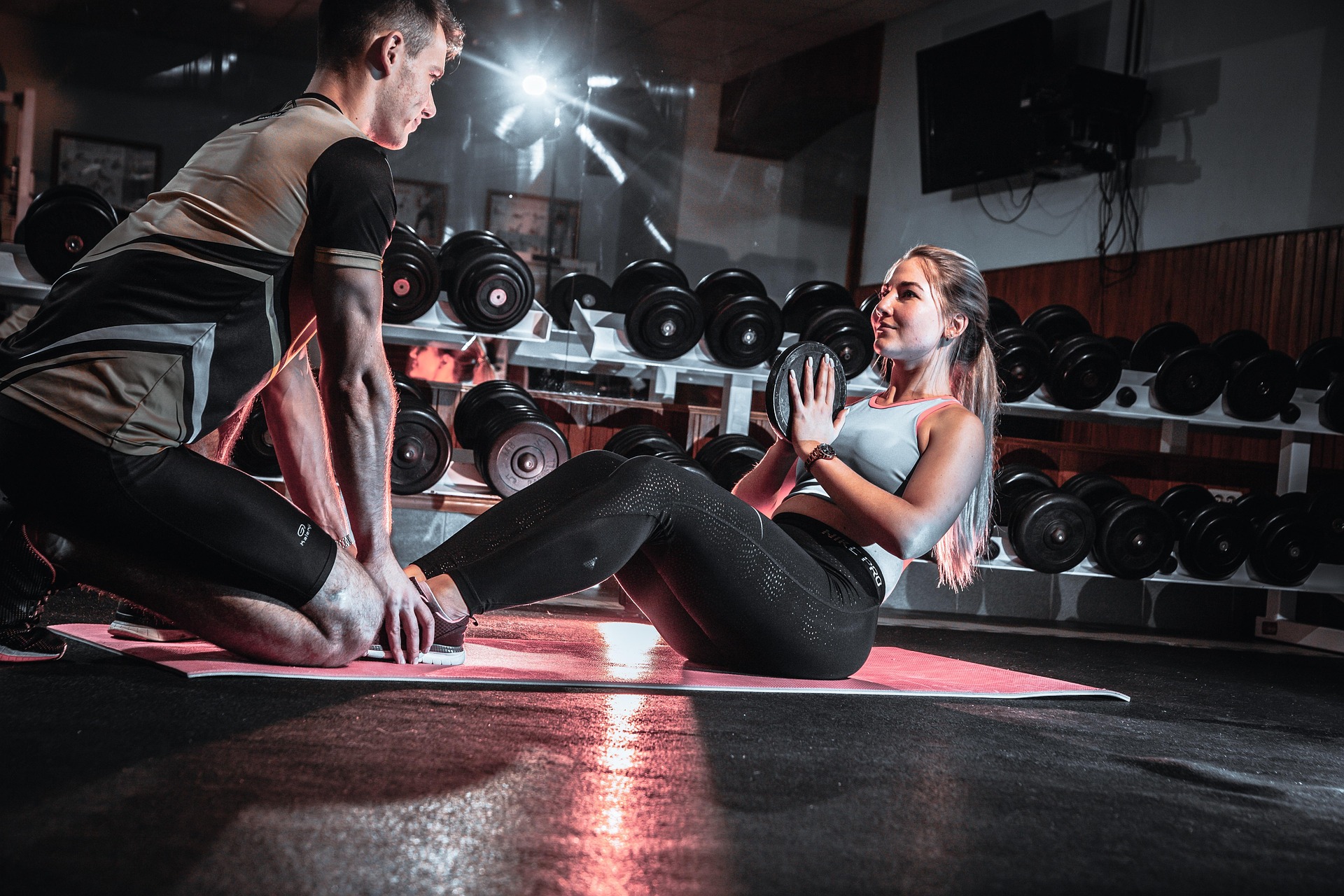The Transformational Power of Functional Training in Beauty and Fitness
Once a niche concept, functional training has blossomed into a major player in the beauty and fitness industry. This innovative approach to exercise is changing the way we understand fitness, offering a holistic alternative to conventional, isolation-based workouts. This article delves into the origins, current trends, and future potential of functional training and its impact on the beauty and fitness industry.

The Roots of Functional Training
Functional training, as a concept, can trace its roots back to physical therapy. It was first used as a rehabilitation method, helping individuals regain or improve their ability to perform daily activities after injuries or surgery. In the late 90s, the fitness industry started to adopt this approach, recognizing its potential for improving overall fitness and preventing injury. Since then, functional training has evolved and expanded, with a myriad of workouts and tools developed to enhance its benefits.
Current Trends: The Rise of Functional Fitness
Today, functional training is one of the fastest-growing segments in the fitness industry. This growth is driven by a shift in consumer behavior, with more people prioritizing overall health and wellness over purely aesthetic goals. This trend is reflected in the proliferation of functional training gyms, the growth of functional fitness classes, and the popularity of functional training equipment.
Functional training is appealing because it focuses on training the body for the activities performed in daily life. Rather than isolating individual muscles, it targets multiple muscle groups, promoting balance, coordination, and strength. This holistic approach to fitness not only enhances physical performance but also influences beauty by promoting a naturally toned physique and enhancing posture.
Functional Training and its Market Relevance
As the fitness industry becomes increasingly competitive, gyms and fitness centers are constantly seeking innovative ways to attract and retain members. Functional training has proven to be a valuable asset in this regard. By offering functional training, fitness centers can differentiate themselves from competitors and cater to a growing market of individuals seeking more than just a conventional workout.
Moreover, functional training has stimulated the fitness equipment market. There’s been an increased demand for functional training equipment such as kettlebells, resistance bands, and stability balls. This demand has fueled the growth of companies specializing in functional training equipment and has encouraged innovation within the sector.
The Impact of Functional Training on the Beauty and Fitness Industry
Functional training has not only reshaped workout routines but also influenced beauty standards. It promotes the idea that beauty is not just about appearance but also about strength, flexibility, and overall health. This aligns with the shift in beauty standards towards a more natural, holistic definition of beauty.
This training method also has potential benefits for the beauty industry. Regular functional training can enhance blood circulation, which is beneficial for skin health. It can also aid in weight management, which can influence body confidence and overall appearance.
The Future of Functional Training
As the beauty and fitness industry continues to evolve, functional training is likely to play a significant role. With a growing consumer base that values holistic health, fitness, and beauty, functional training will continue to gain traction. It offers a viable solution to the increasing demand for workouts that not only enhance physical appearance but also contribute to overall health and wellbeing.
In conclusion, functional training has proven to be more than just a fitness fad. It has transformed the fitness landscape and influenced beauty standards, emphasizing health and functionality over aesthetics. As we move forward, it’s clear that functional training will continue to shape the beauty and fitness industry, offering a refreshing perspective on what it means to be fit and beautiful.




